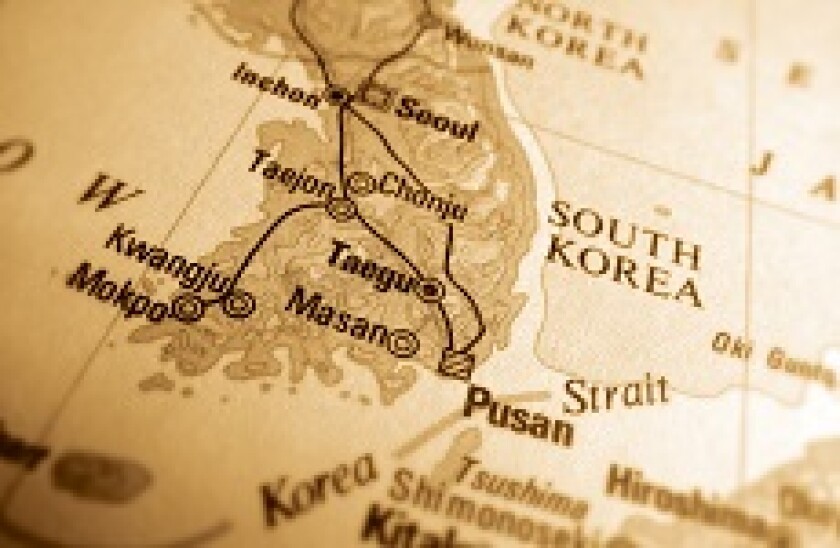But the move comes as the country falls far behind in Asia’s Reit scene, and risks being left in the dust unless regulators move quickly.
The new guidelines, which took effect at the end of April, allow for a lower threshold of sales for firms not specialising in the real estate business to list as a Reit. These issuers will now need to show sales of only W10bn ($9.17m), compared to W30bn ($27.51m) previously.
Such firms will also have an easier time delisting if their revenue falls to W3bn ($2.75m). Also, they no longer need to maintain a quarterly sales of W500m ($458,585) for self-managed Reits , according to the KRX.
This is not the first time KRX has tweaked the rules for Korea’s Reit sector, and other proposals are currently waiting in the wings, said a Seoul-based lawyer who works on real estate transactions.
Some of the suggestions being mulled include the dropping of an acquisition tax, removing the restriction that Reits can only pay out dividends in the form of cash, and also widening their investor base to banks.
But while the lawyer said these moves would boost the domestic Reit sector, bankers lament that the sector has been and continues to be a humdrum market almost 13 years after it was legislated into existence.
Famous five
There are two types of Reits in Korea: the typical Reit and the CR-Reit. The latter, an acronym referring to corporate restructuring, is a Reit that only invests in properties being sold by insolvent or indebted companies.
“There are better alternatives in the private market and for private real estate transactions,” says a Hong Kong-based ECM banker who works on Korean deals. “You hardly see any Reits around and there isn’t a deep investor base for them.”
That does not mean the market lacks potential. The Korean property sector has attracted a fair share of suitors and some high-profile transactions over the past few years.
In September 2013, the Canada Pension Plan Investment Board acquired a 50% interest in a Samsung affiliated private property fund for W126bn ($115.57m). Then in December that year, Li Ka- shing’s ARA Asset Management bought Macquarie’s Korean property business.
But last year, Lotte Shopping Co, Korea’s largest department store chain owner, cancelled plans to raise $1bn in a Reit listing in Singapore after it could not offer the kind of yield that investors wanted.
“Korea pales in comparison to more active Reit markets like Singapore and Japan,” said an ECM syndicate banker at a bulge bracket firm. “Those regions dominate Reits in Asia and have the infrastructure to support them.”
Public vs private
“Everyone is stepping up their game in Asia by introducing new legislation for Reits — not only China and India, but also Hong Kong, Singapore, Australia and Thailand,” said Peter Verwer, chief executive of the Asia Pacific Real Estate Association.
Bankers also say they cannot see the new rules making a dent to the way Korean Reits are perceived, and neither have property owners been clamouring to get their real estate listed in the public markets.
Verwer agrees. “Do the new rules put Korean Reits back in the game? No,” he said. “There is a real race in Asia in the Reit space. Korea, on the other hand, has just had some false starts.”
Much of the problem lies with Korea’s antiquated tax regime for Reits , which, unlike in most other countries, punishes property owners for injecting their assets into a listed Reit.
A Reit not only has to distribute 90% of its income to shareholders, as do conventional trusts, but it must also pay corporate taxes. This means issuers lose out on the tax savings that usually come with a Reit.
“Korea’s withholding taxes are also higher than other countries,” said Verwer. “On a net basis, a property owner is better off keeping the asset private and on his balance sheet.”
Now Korea must level the playing field between its public Reits and its private real estate funds. The regulator also needs to close the gap between itself and countries with the “purest” Reit models like Singapore, UK, US and Australia, Verwer added.
“A lot of the risks and red tape have to be removed,” he said. “But the bottom line is that even with the new changes, Korean Reits are far from competitive in Asia at a time when the rest of the region is moving into a higher gear.”
